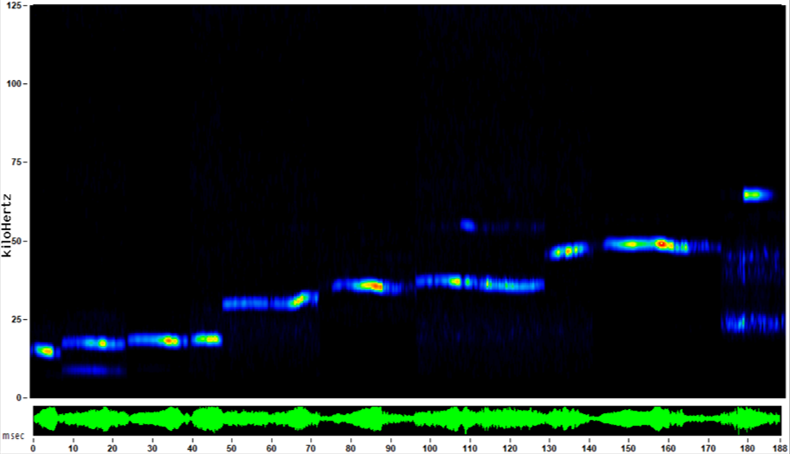Small mammals are often recorded as by-catch during bat surveys, and here lies a potential non-invasive tool for surveying the small terrestrial mammals of Britain. Stuart Newson, Neil Middleton and Huma Pearce describe how they built an extensive library of native and non-native small mammal recordings, and then take a closer look at the distinguishing identification features of their calls.
Visit the NHBS Conservation Hub to read a more detailed overview of the article, as well as more information regarding recommended reading and equipment for use in small mammal surveys.
Audio clips to accompany the article can be downloaded here, where you can also access the BTO Acoustic Pipeline – this tool allows for the upload of sound recordings and will automatically detect and identify any bat, bush-cricket and small mammal call.
Britain is home to several species of small terrestrial mammal, defined for the purposes of this article as the rats, mice, voles, dormice and shrews, and referred to hereafter simply as ‘small mammals’. Some, such as the Brown Rat Rattus norvegicus, are widespread and common, while others, such as the Hazel Dormouse Muscardinus avellanarius, are far more localised. All are difficult to observe in the wild, and it is usually necessary to perform invasive capture techniques in order to confirm their presence.

